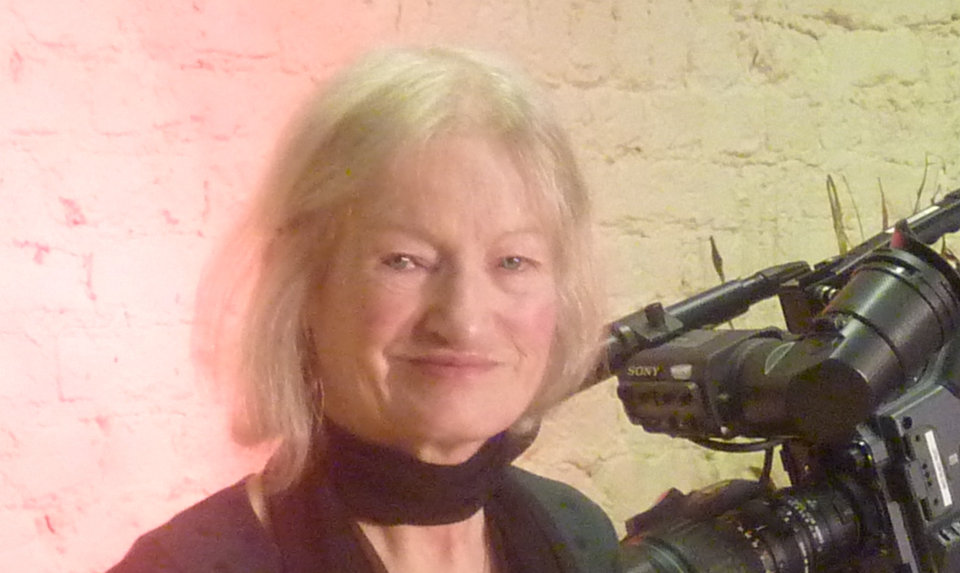Jim’s childhood was spent growing up on the Cregagh estate in east Belfast. His family moved to north Belfast when he was ten.
“My fond memories of north Belfast are the Cavehill, I think it’s an underused tourist attraction.”
Jim was aware of social issues from a young age. “There was a gang stuff going on at the Cavehill and on the Antrim Road at the time. Even when I was at school doing A-Levels I remember going to the local primary school and protesting about the attitude of the teachers and youth workers. It didn’t go down to well.”
He began doing community work when he was 16. “We didn’t call it community work or volunteering, it was helping with kids’ football teams, helping run a senior football team, and then doing a bit with the youth club. It didn’t seem like you were doing anything with your community, more something you were interested in.”
By the late 1960s, Belfast was in turmoil. “One thing that stands out for me, one Friday afternoon, standing on a hill in the Waterworks watching Belfast blow up. Bloody Friday. Being young we thought it was like a firework show, but then when you read about it you realised people were killed. Bodies strewn across the street. Carnage. I remember just standing, not fearful, just accepting what was happening. That’s one day I remember.”
The effects of the Troubles were evident on community life. “I don’t think it’s any coincidence that most of the severe violence and conflict occurred in the most disadvantaged areas. I think that’s something that needs to be recognized even today”
One of those deprived areas was the New Lodge in north Belfast where Jim’s skills at community development were put to work helping with the Ashton Centre. The Centre was conceived as a community initiative in 1985 and opened for business in 1991 as a centre for enterprise and community development. It was built through proceeds of a share issue to local residents and grant funding and loans.
“You became a share holder and you paid a £1 a week up to £30 and that’s were the initial seed money came from. There wasn’t support at that time for areas like the New Lodge. I’m sure it was the same in other inner city areas. There was no long term thinking, it was more about calming these areas down, keeping them quiet.”
Fragmentation in north Belfast was increasing. “A lot of people put out of houses. The sectarian violence in north Belfast has been horrific, leading to peace lines, interfaces. Barriers that separate communities that should be working and living together. That’s the legacy we’ve got to in Belfast”.
“Really you have to get to the stage where interfaces won’t really matter, because the youth in the area see that it is counter productive to the area. I know that sounds very optimistic. That’s why, in the long term, I’m a big supporter of Early Years intervention. I think politicians need to start thinking, agencies need to start thinking, long term, turning the negative aspects of the interfaces into shared spaces.”
It was during the 1990s that Jim increasingly felt that men and women who had served time in prison during the Troubles could not be ignored. They were still a part of the community.
“Politicians and political parties have been able to put the past behind them and work together, so why shouldn’t political ex-prisoners. The majority of these people would not have seen the inside of a court if it hadn’t been for the Troubles or the war or what ever you want to call it. That needs to be recognised.”
Jim has been involved in many diverse community development initiatives in north Belfast. One such project was working with Mount Vernon on Good Relations projects.
“It’s good that the two areas are supporting each other. Mount Vernon has had a lot of negative press. A lot of people would say community relations or good relations have become an industry. Organisations have grown up and done very well out of it, so there would be some cases where people would always want it as an issue, when there’s an incident, it reinforces the work they are doing, how hard it is, how difficult, it’s really needed, so you’ve got that industry that doesn’t want to be optimistic.
“I think we need templates of success, we need to really be resourcing this, saying, look, this is what was done in one of the worst affected areas of the conflict They have changed and this is how they’ve done it, it’s a template”.
As to the future of the New Lodge and north Belfast Jim says:“People could point to north Belfast and give you a list of negative stuff and say look nothing has changed. North Belfast is changing all the time, people meeting each other, people going to each other’s areas, small things. I’m a man for the wee picture, I hate when people talk about, what about the big picture’. The big picture is probably Stormont and Westminster and they are not making a very good job of it, as far as I can see. It’s hard to quantify but as a person who lives in the area and talks to people you can see those changes, and they matter. I think people should be given resources to do things like that, and maybe the bigger picture can take care of itself”.




